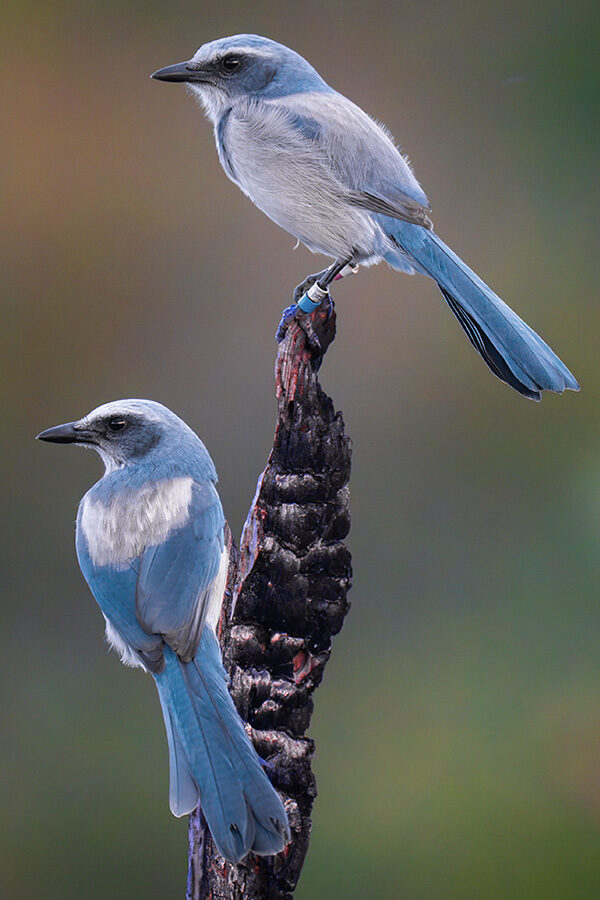Habitat
![]()
Ruffs breed in arctic, subarctic, and temperate areas. They occur in wet habitats including coastal tundra, marshes, river deltas, and wet meadows where there are somewhat drier spots for nesting, and dry mounds or slopes for males to perform courtship displays. On migration, this species frequently occurs along edges of muddy lakes, ponds, rivers, and marshes, and also uses grasslands and agricultural fields. Across their extensive nonbreeding grounds, Ruffs utilize both wetland habitats (including mudflats, marshes, flooded fields, and lake edges) and areas well away from water (such as dry plains, savannas, and wheat fields).
Back to topFood
![]()
During the breeding season, Ruffs feed mainly on insects, especially beetles and flies and their larvae. During migration and the nonbreeding season, they have a more diverse diet that includes caddisflies, waterbugs, mayflies, grasshoppers, spiders, crustaceans, molluscs, worms, frogs, small fish, rice seeds, sedges, grasses, and aquatic plants. Foraging Ruffs probe with their bill in mud or dirt or pick prey from the surface.
Back to topNesting
Nest Placement
![]()
Female places nest on the ground, surrounded by grasses or other concealing vegetation.
Nest Description
A shallow scrape lined with grass, leaves, and stems.
Nesting Facts
| Clutch Size: | 3-4 eggs |
| Number of Broods: | 1 brood |
| Incubation Period: | 20-23 days |
| Nestling Period: | 25-28 days |
| Egg Description: | Pale green or olive with dark brown markings. |
Behavior
![]()
Ruffs have a fascinating breeding system with three different types of males: 80–95% are ornately plumaged “independents,” 5–20% are “satellites” with somewhat less flamboyant plumage, and less than 1% that resemble females and are known as “faeders.” Each of these male types employs a different approach to securing mates. During the early breeding season, independents and satellites gather on communal courtship arenas, known as leks, where they fluff up their ruffs and tufts, pop up off the ground on fluttering wings, and lean forward in a bowing display to attract and impress females. Independent males, which have colorful ruffs, are dominant over satellite males, which only have white ruffs. Independents get most of the mating opportunities with females, but they sometimes allow satellites to mate with females. The female-like "faeder" males visit leks but don’t display, so they don't get attacked by the dominant independents. Instead, the faeders wait at the edges of the leks and, during moments when displaying males are distracted, take advantage of opportunities to sneak in and mate with a female before others have a chance.
Ruffs do not form pair bonds—males mate with multiple females and then depart the breeding grounds starting in late June or early July. The female builds the nest, incubates the eggs, and cares for the young birds alone, feeding them for a few days until they can feed on their own. Young birds become independent and fledge about 25–28 days after hatching. During migration, Ruffs often migrate in large groups of hundreds or thousands of individuals, and on West African nonbreeding grounds, they sometimes gather into massive flocks of hundreds of thousands of birds.
Back to topConservation
![]()
The International Union for Conservation of Nature lists Ruff’s conservation status as Least Concern. Although its population trend appears to be decreasing, this species has an extremely large population (estimated by IUCN as 1.5–10 million individuals) and an extremely large range.
Back to topCredits
BirdLife International. 2016. Calidris pugnax. The IUCN Red List of Threatened Species 2016: e.T22693468A86591264. https://dx.doi.org/10.2305/IUCN.UK.2016-3.RLTS.T22693468A86591264.en.
Cramp, S., and K. E. L. Simmons (1983). The Birds of the Western Palearctic, Volume 3: Waders to Gulls. Oxford University Press, Oxford, UK.
Dunne, P. (2006). Pete Dunne’s essential field guide companion. Houghton Mifflin Harcourt, New York, USA.
Jonsson, L. (1992). Birds of Europe: with North Africa and the Middle East. Christopher Helm, London, United Kingdom.
O’Brien, M., R. Crossley, and K. Karlson (2006). The Shorebird Guide. Houghton Mifflin, New York, New York, USA.
Partners in Flight. 2024. Avian Conservation Assessment Database, version 2024. Available at http://pif.birdconservancy.org/ACAD.
Svensson, L., K. Mullarney, and D. Zetterström (2009). Collins Bird Guide. Second edition. HarperCollins, London, UK.
Van Gils, J., P. Wiersma, and G. M. Kirwan (2020). Ruff (Calidris pugnax), version 1.0. In Birds of the World (J. del Hoyo, A. Elliott, J. Sargatal, D. A. Christie, and E. de Juana, Editors). Cornell Lab of Ornithology, Ithaca, NY, USA. https://doi.org/10.2173/bow.ruff.01


